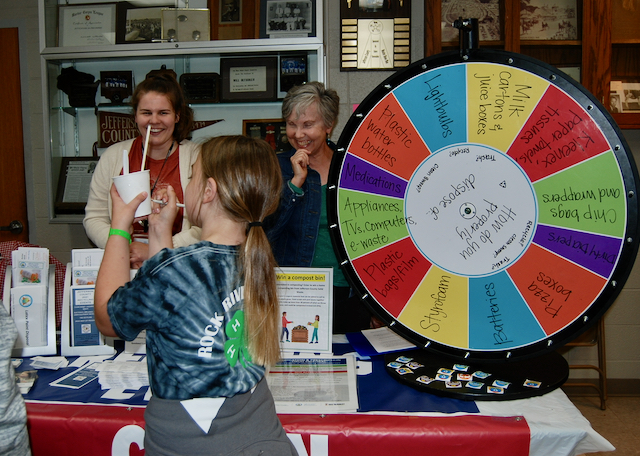By Anita Martin
Cats tend to eat rabbits, mice, voles, birds (especially ground-nesting birds like partridges and ground feeding birds such as some types of finches) when outdoors. One source says they’ve even been known to eat bats. Cats cruising outside for any length of time could potentially be consuming six to 10 small rodents or birds per day.
Since we’re living in the state of Avian Influenza 2022-2023, a deadly bird endemic with an unknown future, it seems it would be a good idea to rethink letting pet cats outside. At least for now, since rodents and some song birds have been detected as having the bird flu virus in a number of states.
From the available information, rabbits do not appear to carry the particular variants of H5N1 virus which are circulating in North America. However, over recent years, rabbits have been experimentally infected with the virus, and rabbits are said to be well sought-after food for cats the prowl.
Cats have also been known to prey on ducklings and larger cats, on adult ducks. Ducks in the wild and in commercial settings continue to be infected with HPAI viruses, often acting as asymptomatic carriers. Species confirmed to be infected with H5N1 include the American black duck, loon, mallard, teal, and wood duck—all of which make wildlife-rich areas here in Jefferson County their home.
When we look at what’s been happening from a wildlife standpoint over the past several months, researchers are particularly concerned about minks. In addition to mink, a number of other species in the same animal family (Mustelidae) have been detected with H5N1 virus in North America and elsewhere—badger, ferret, marten, and otter. All of these animals are said to live in Jefferson County and other parts of Wisconsin, often found hanging out in marshy areas and by lakes, rivers, and streams.
Experts say it is highly unlikely a cat would pursue a mink for food or fun/sport. However, if wild mink become carriers of the H5N1 virus, this greatly increases the chances for more spread of avian influenza to small mammals (which cats outside tend to eat) as well as humans.
The respiratory tract of minks (animals which some scientists postulate may serve as vector points for new and emerging diseases) is similar to that of humans. Researchers have shown that minks are susceptible to both avian viruses and human influenza A viruses. They theorize that this species could potentially serve as a “mixing vessel” for virus spread among birds, mammals, and people.
An H5N1 variant found in farmed minks in Spain last fall is reported as being different than other H5N1 strains which have been circulating over the past year or two. There is also evidence of mink-to-mink H5N1 avian influenza disease transmission. Additionally, farmed mink have also been found to have other H5 viruses, increasing the possibility of mutation to other strains more pathogenic to humans.
A small number of cats over the years have been found to be infected with H5N1 by eating infected birds. The good news is that, to-date, there does not appear to be any evidence that cats with avian influenza have infected people.
Now, how to keep a cat who’s used to going outside to stay inside. As a former cat owner, I realize that can be a substantial challenge, but from a health and environmental safety standpoint, it might be one worth taking on.
Anita Martin is a longtime freelance journalist whose work has appeared in such publications as the Waterloo/Marshall Courier, The Madison Times, Agri-View, Dane County Lifestyles (formerly 50 Plus Lifestyles newsmagazine), Verona Press and Wisconsin Woman magazine, covering such topics as health and wellness, and women’s and multicultural issues. More recently, she has developed interest in such topics as environmental issues, avian influenza and other zoonotic diseases, and public health.

Anita Martin, at right, volunteers in 2021 at the Jefferson County Clean Sweep booth at the Jefferson County Fair. File photo/Kim McDarison.
This post has already been read 845 times!